Climbers trekking up the slopes of Mount Kilimanjaro won't be disappointed by the diverse species of wildlife and flora they might see within the lush tropical rainforests on their way up to the summit.
In this article, I'll outline the type of Kilimanjaro animals you might see and where and when you can expect to find them during your trek.
Let's get started.
My Quick Takeaways:
Mount Kilimanjaro boasts a rich diversity of wildlife across its various ecological zones. Here's what you should know:
- Primates: In the montane forests, climbers may encounter blue monkeys and the striking black-and-white colobus monkeys.
- Antelope Species: The mountain is home to several antelope species, including bushbucks and duikers, which are often spotted in the forested areas.
- Unique Mammals: Species such as the tree hyrax and serval cat inhabit the mountain's slopes, though sightings are rare due to their elusive nature.
- Birdlife: Kilimanjaro hosts a variety of bird species, including the white-necked raven and Hartlaub's turaco, adding vibrant colours and songs to the trek.
- Larger Mammals: While less common, animals like elephants and Cape buffaloes have been observed in the lower forests and occasionally at higher elevations.
Ready to learn more about Kilimanjaro animals? Let's go.

Plan your Kilimanjaro trek
Get a quote from my recommended local Kilimanjaro operator
Kilimanjaro Animals FAQs
Below are some of the most frequently asked questions about Kilimanjaro animals. If there's any other information you'd like to know about Kilimanjaro animals, feel free to leave a comment below.
Let's crack on!
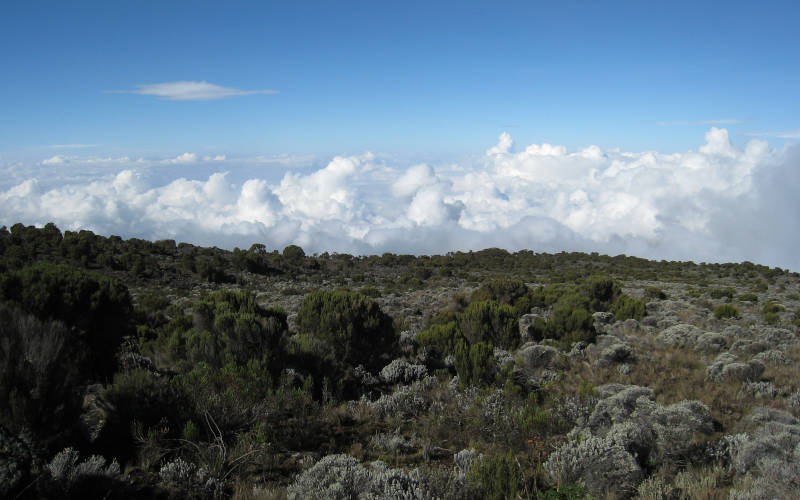
The lower alpine region of Mount Kilimanjaro
What ecosystems does Kilimanjaro have?
Mount Kilimanjaro is home to multiple ecosystems and animal habitats like rainforest, moorland, alpine desert surrounding the mountain and the snowier summit of the mountain itself.
With some exceptions, the bulk of Kilimanjaro animals can be found in the lush tropical rainforests and the moorlands because they are closer to water and food sources than higher up on the mountain.
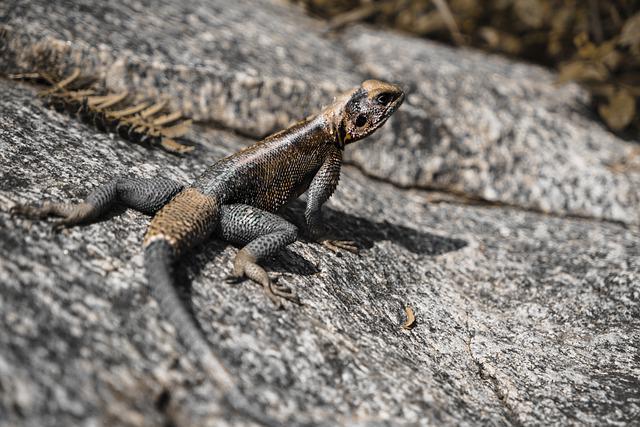
Are there lots on animals on Kilimanjaro?
There are lots of animals on Kilimanjaro - with more than 150 mammal species ranging from primates to birds making the mountain and surrounding areas their home.
Some of these animals can be spotted by climbers on the slopes of Mount Kilimanjaro.
Even though the mountain is home to a diverse array of species, you are not likely to see many of the larger creatures. Mammals in particular are shy by nature and usually avoid the busy trails.
The majority of Kilimanjaro animals can be found near the base of the mountain and within the surrounding rainforest; this is because there are more water and food resources in the way of other animals and plant species.
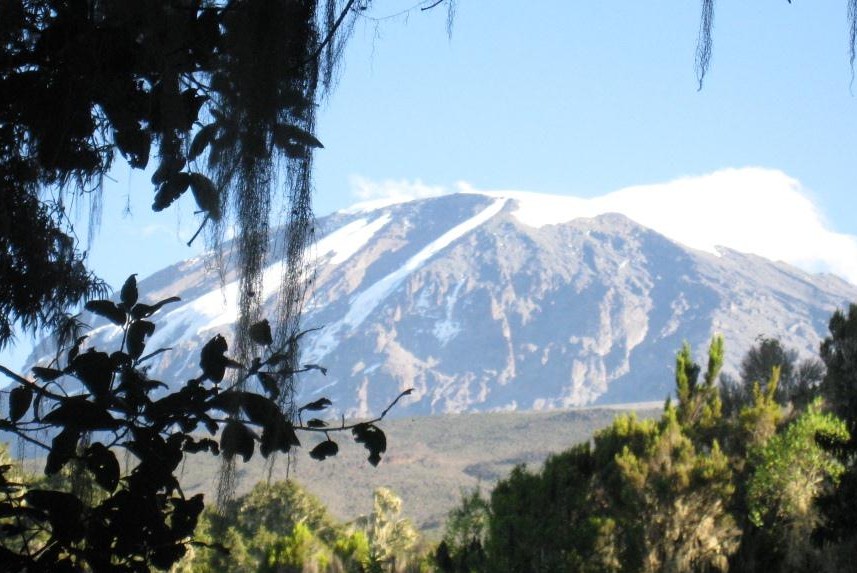
When are the best times to see animals on Kilimanjaro?
Overall, the best times to see animals on Kilimanjaro are during the dry season in Tanzania, which is from June to October and again from December to February.
This makes it easier for tourists and hikers alike to travel up Kilimanjaro.
Also, the landscape and vegetation are sparse during this time, making it easier to spot animals on your way to the summit. This is also a great time for tourists to view and take pictures of plants and flora in the region.
You can read more on the best time to visit Tanzania in my guide.
What animals live on Kilimanjaro?
There are numerous animal species which live on Kilimanjaro - mainly in the surrounding rainforest and in the highlands.
The most common animals you'll find are monkeys, mongoose, big cats and several species of antelope clamouring up the mountain slopes.
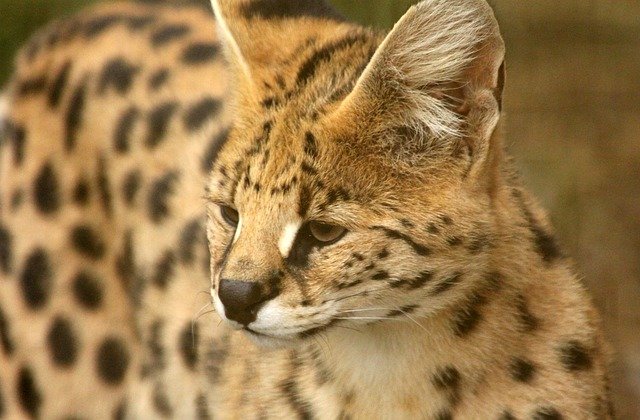
Serval Cat
Serval cats are medium-sized wild cats with tawny coloured fur and black spots all over. They are indigenous to sub-Saharan Africa and can often be seen slinking through the surrounding moorlands and bamboo thickets on Mount Kilimanjaro - at altitudes of up to 3,800 metres (12,500 feet)!
The serval cat is a solitary animal which hunts during the day and at night.
They are carnivores, feeding on small prey like rodents, birds, frogs, insects and even reptiles.
Serval cats can jump up to 1.5 metres (4.9 feet) high, typically leaping on the backs of their preys and killing them with a single bite to the neck or head.

Plan your Kilimanjaro trek
Get a quote from my recommended local Kilimanjaro operator
Monkeys
There are two species of monkeys you can expect to see in the rainforests surrounding Kilimanjaro:
- Blue Monkeys
- Colobus Monkeys
Ironically, blue monkeys aren't blue at all, but more of a dark grey colour. Of all the animals you're likely to find, they are some of the easiest to spot all-year round in the lush rainforests surrounding Mount Kilimanjaro.
Mountaineers can also spot these creatures high up on the mountain close to the Mandara Huts along the Marangu route. Since they're not shy around humans, you might even be lucky enough to get a picture of them during your trek.
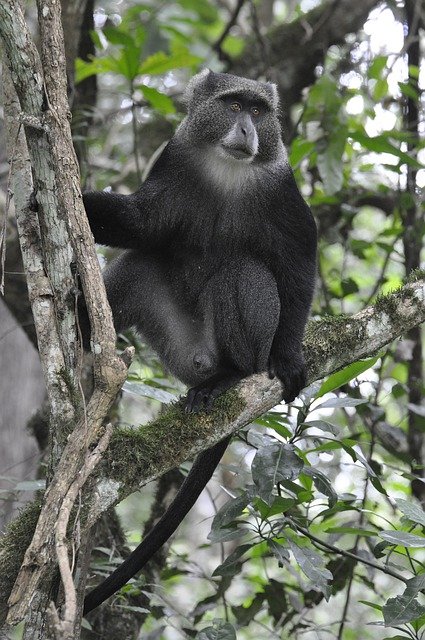
Blue Monkey
Colobus monkeys are relatively common throughout tropical Tanzania as well as along the slopes of Mount Kilimanjaro.
Black and white Colobus monkeys are indigenous to Kilimanjaro and shyer around humans in comparison with blue monkeys.
Unlike other monkey species, Colobus monkeys are unique because they don't have thumbs.
Mountaineers are most likely to spot colobus monkeys around the Mandara Huts as well as at the bottom of the Lemosho and Rongai routes heading up Mount Kilimanjaro.

Colobus Monkey
Tree Hyrax
While walking through the rainforest on the lower slopes, you're likely to hear a eerie sound that sounds something like a high pitched shriek. This is the call of the Tree Hyrax or Dassie as they are commonly known.
These small animals are about the size of Guinea pigs. Although they look somewhat like a large, grey hamster, hyraxes are taxonomically closely related to elephants.
Their diet consists mainly of leaves and they move swiftly between the branches of the trees in Kilimanjaro's rainforests. It takes a keen-eye to spot one!
Bush Baby
It's easy to mistake these adorable creatures for cuddly plushies with their fluffy fur, big innocent eyes and their small, foldable ears.
But don't be fooled - the bush baby is extremely agile, being able to leap rapidly across trees and jump along the rainforest floor using its hind legs.
Bush babies are omnivores and their diet consists of small birds, fruit, insects and gum which they scrape out of trees with their sharp teeth known as toothcombs.
As they're nocturnal animals, bush babies are a little harder for mountaineers and other tourists to spot during visits to Kilimanjaro in the day time.
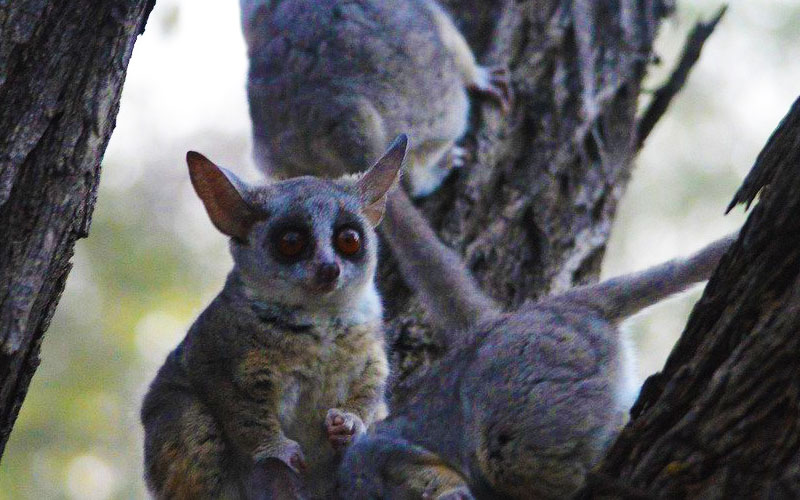
Mongoose
The mongoose is a common fixture around Mount Kilimanjaro, typically making its home in the mountain's surrounding savannahs and forests.
Tourists in the area will be able to spot mongooses relatively easy with their short legs and long furry tails, closing resembling an otter.
Mongooses are mostly carnivorous and feed on birds, small mammals, reptiles and eggs. They are most famous (or infamous) for their audacious attacks on venomous snakes in the region, making them formidable creatures in this unique ecosystem.
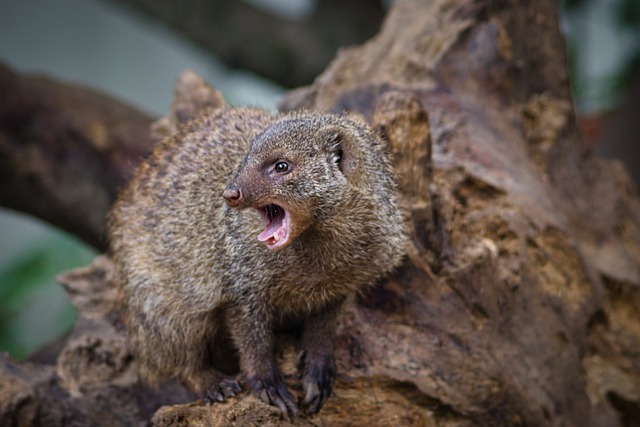
Four-Striped Mouse
The four-striped mouse is larger than a regular house mouse and best charaterised by its greyish-brown fur (much like a squirrel) and four distinct dark stripes on its back.
Like other members of the rodent family, four-striped mice are omnivores who dine mainly on seeds, residual vegetation and the occasional insect or two.
These small four-legged animals can be found in the savannahs below Mount Kilimanjaro and the arid desert areas surrounding the mountain.
White-Necked Raven
The white-necked raven is unique to other genus of ravens due to being smaller in size and the distinctive white markings on its neck.
White necked ravens survive on a diet of fruits, grains, insects which they find in trees as well as small reptiles, tortoises and human food like peanuts which they find on the ground.
Mountaineers and avid bird watchers will be delighted to see these black-feathered birds soaring and nesting along the cragged slopes of Mount Kilimanjaro during day-time hiking trips.
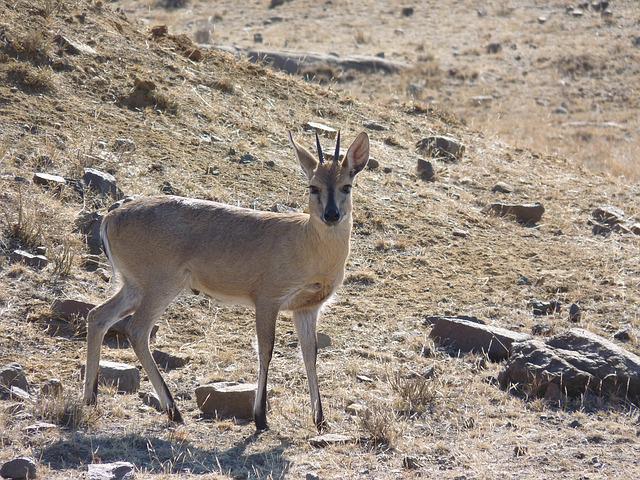
Duiker Antelope
Of all the antelope species found on Mount Kilimanjaro and the surrounding forests, the Duiker antelope is the most famous of them all.
It is also much smaller than most antelopes found in the region, weighing anywhere from 3 kg (6.5 lb.) to 70 kg (150 lb.) 'Duiker' is Dutch for 'dive', which describes this antelope's springing motion as it moves deftly between rocks.
Duiker antelopes are herbivores, feeding mainly on leaves, seeds, tree bark and fruit which is occasionally dropped on the ground by other animals like monkeys.
Duiker antelopes are both diurnal and nocturnal, which means that mountaineers and tourists in the area can sometimes spot them during the day and at night.
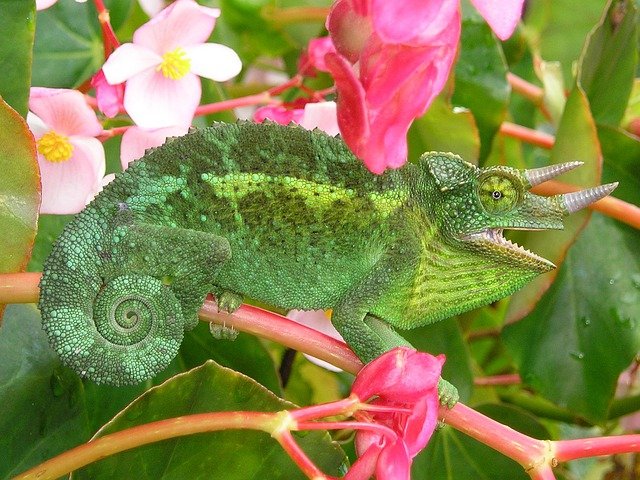
Jackson's Chameleon
Jackson's chameleons are one of the few animals hikers and mountaineers might just be able to spot on the slopes of Mount Kilimanjaro.
These bottle-green reptiles thrive best in mountainous regions with a cool and humid climate.
Jackson's chameleons are insectivores with a diet consisting primarily of worms, cockroaches, crickets and flies. They also eat snails and have been known to swallow them whole - shell and all!
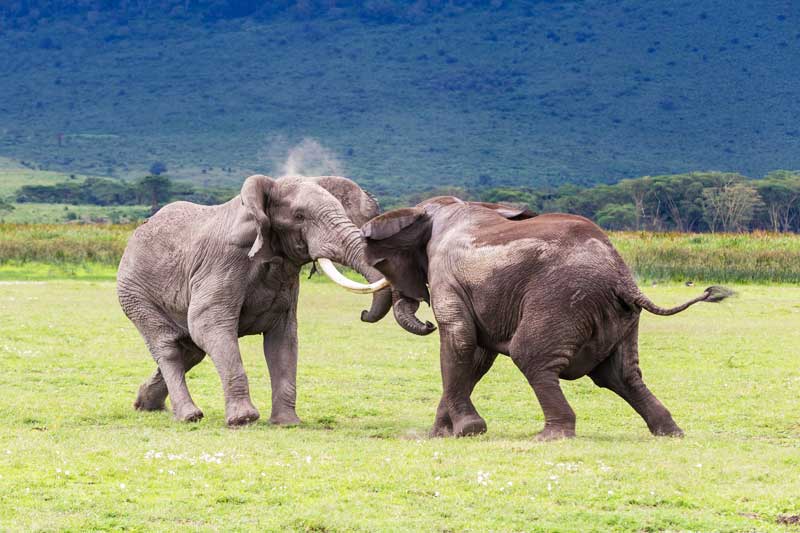
Will I see any elephants on Kilimanjaro?
An interesting question, and the answer is yes. If you choose the Rongai route on the northern side of Mount Kilimanjaro, climbers can expect to see elephants on their way up.
It's believed that elephants have lived on the mountain slopes for thousands of years and are even able to ascend the higher, snowy peaks from time to time.
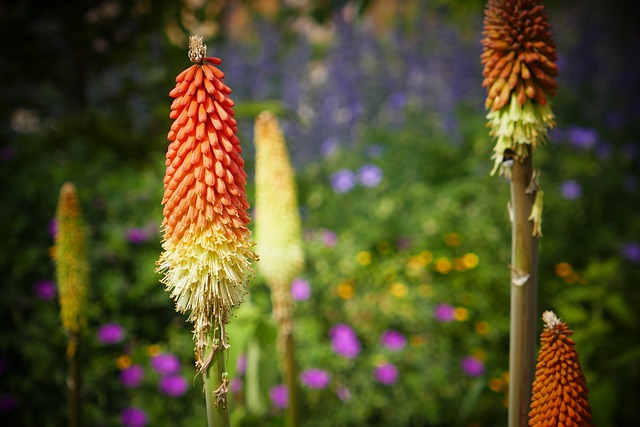
Red Hot Poker
What plants can I see on Kilimanjaro?
Kilimanjaro has quite the variety of plants and flora that you can see up close, like the famed red and yellow Impatiens Kilimanjari, yellow-petalled proteas and the red-hot poker.
This is due to the mountain's close proximity to the equator and the Indian Ocean.
Then there's the fact that Kilimanjaro and the surrounding region are split into four distinct vegetation zones with varying weather conditions, making it possible for a diverse array of plants to grow there.
The rainforest at the base of Mount Kilimanjaro is home to significant amounts of trees and flora too.
Some examples are camphorwood and yellowwood trees as well as wild figs and olives, which make for tasty treats for the animals in residence. The tallest African tree can also be found on the slopes of Mount Kilimanjaro.
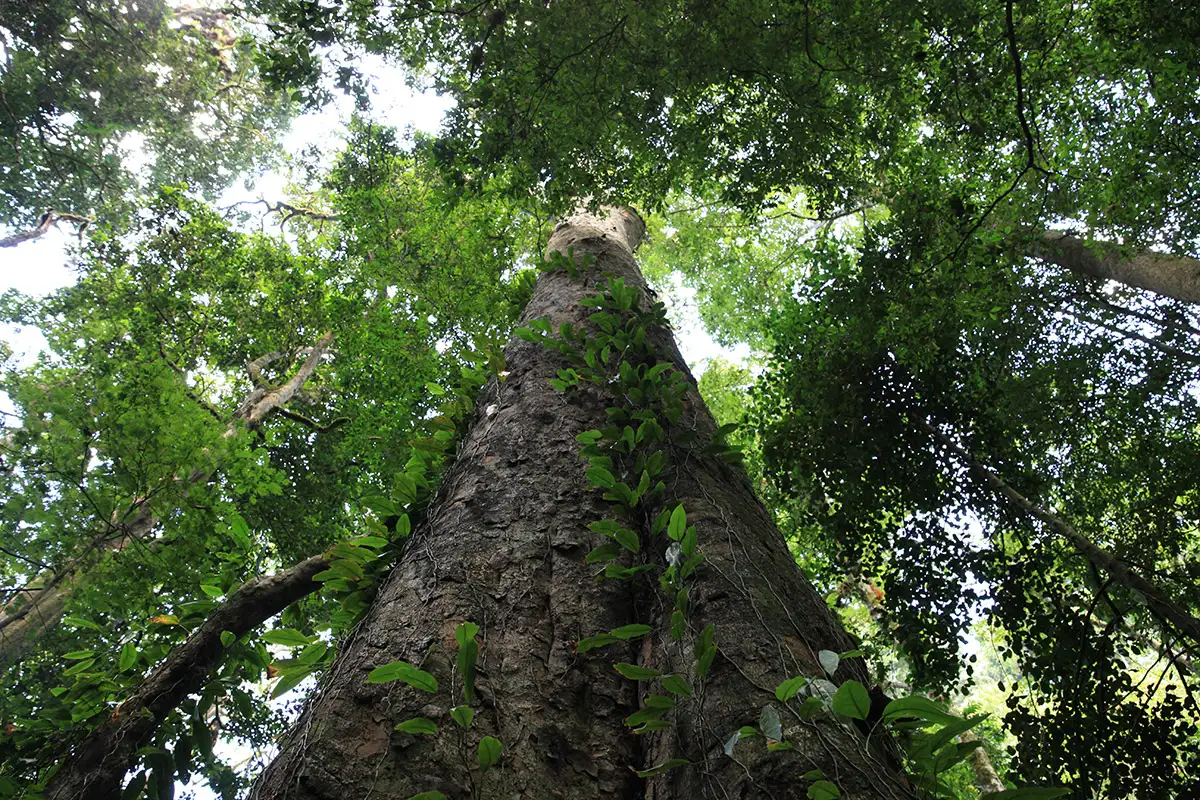
Entandrophragma Excelsum - the tallest tree in Africa found on Mount Kilimanjaro.
Can I go on a special tour to see animals on Kilimanjaro?
Absolutely. There are a number of reputable tour operators who offer exclusive and affordable tours where you can follow animals in their natural habitats on and around Mount Kilimanjaro.

Plan your Kilimanjaro trek
Get a quote from my recommended local Kilimanjaro operator
My Final Thoughts
And that's a wrap on Kilimanjaro Animals! I hope this article inspires you to grab some binoculars and go scouting for these amazing creatures and plants on and around Mount Kilimanjaro.
If you have any feedback on this article or suggestions for other Kilimanjaro animals and flora that hikers and tourists can see during their trip, feel free to leave a comment below.

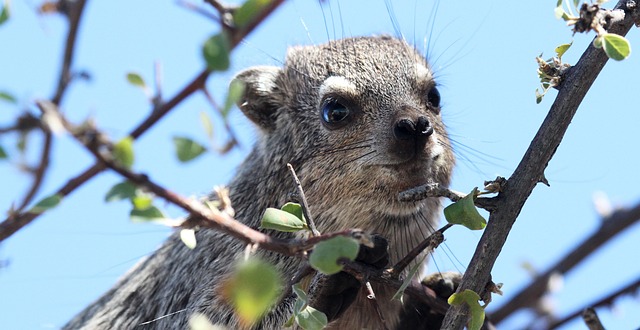
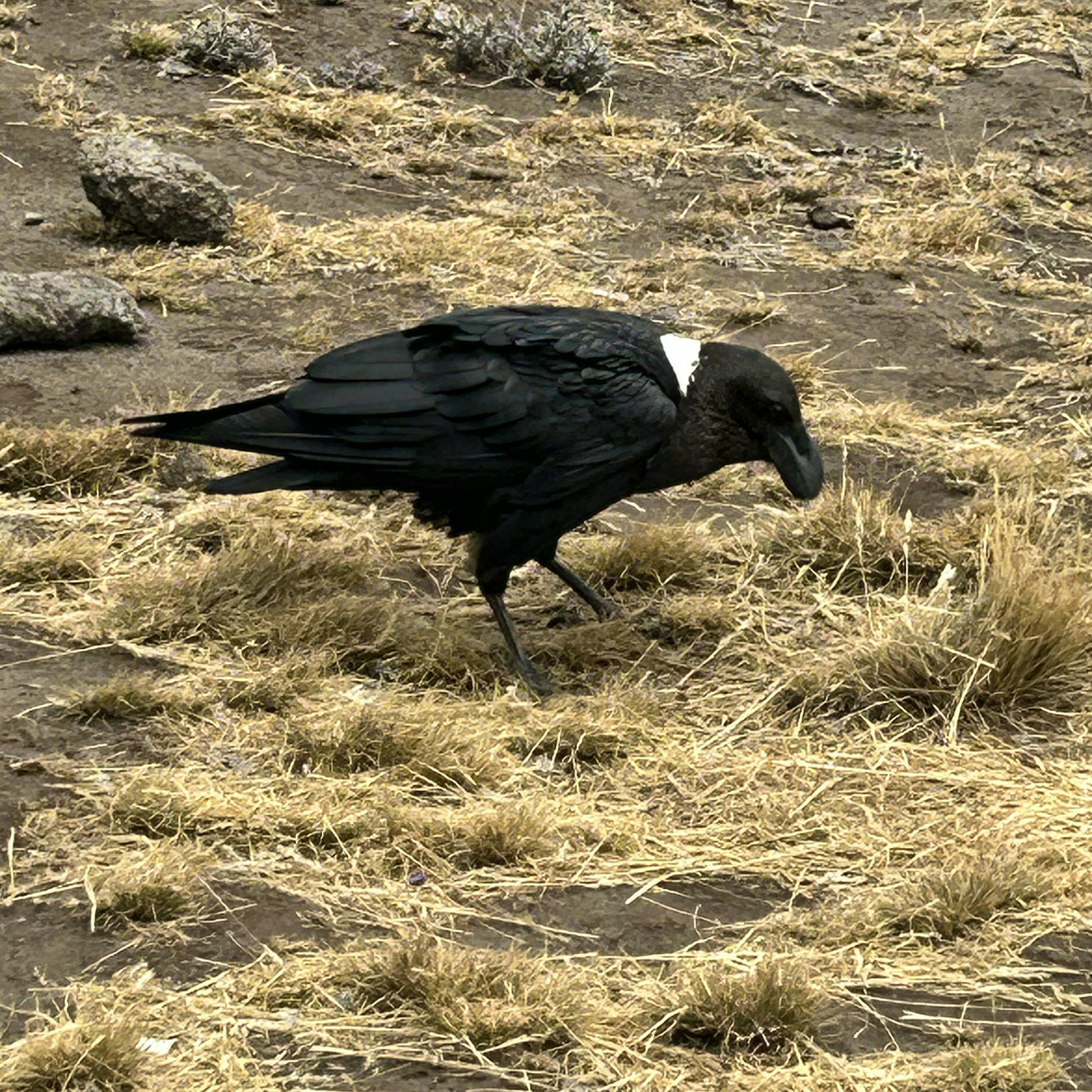
awesome.